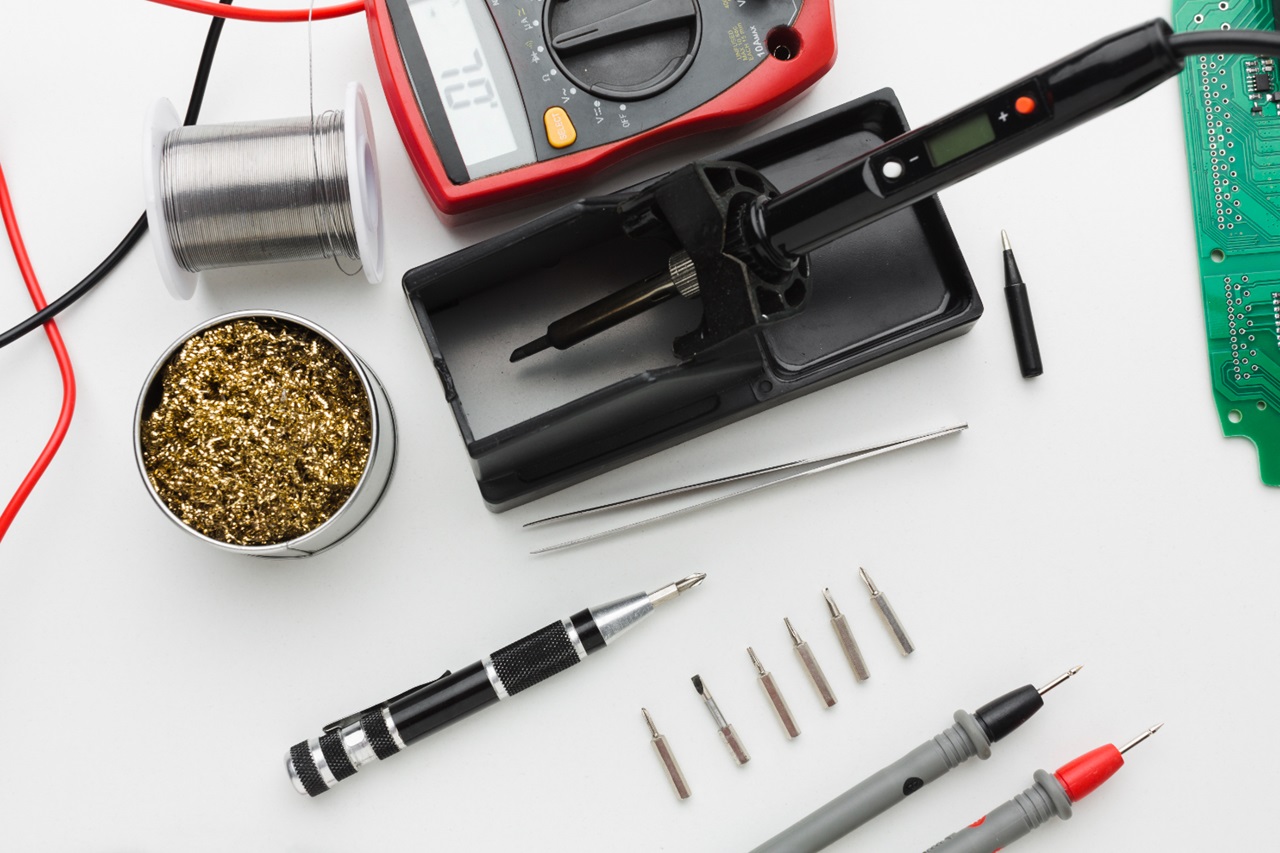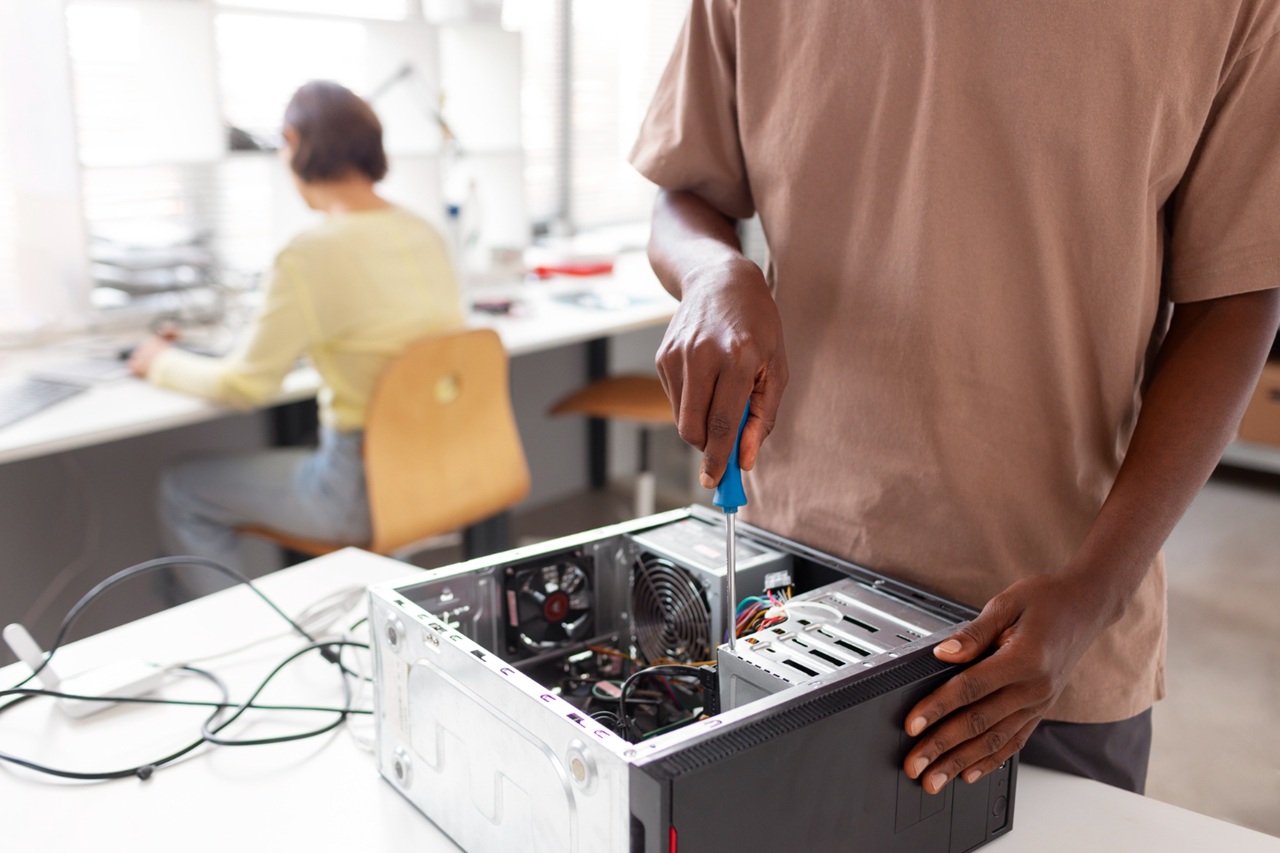Top 10 Must-Have Tools for DIY Circuit Enthusiasts
If you’ve ever felt the excitement of building your own circuits, you know that having the right tools is half the battle. Whether you’re soldering wires for your latest project or debugging a finicky circuit, the right equipment can make the process smoother, safer, and a lot more enjoyable.
For newcomers and seasoned tinkerers alike, assembling a toolkit is an essential step. But with so many options out there, where do you start? Fear not—this guide highlights the top 10 must-have tools for every DIY circuit enthusiast. Along the way, I’ll share personal anecdotes and practical tips to help you make informed choices.
1. Multimeter: Your Diagnostic Best Friend
If you only invest in one tool, make it a multimeter. This device measures voltage, current, resistance, and continuity, making it indispensable for diagnosing problems in your circuit.
I still remember the first time I used a multimeter. My LED circuit wasn’t lighting up, and after a bit of probing, I realized I had a loose connection. The sense of accomplishment when I fixed it was unforgettable.
Tip: Look for a multimeter with auto-ranging features—it simplifies measurements and is beginner-friendly.
2. Soldering Iron: The Bonding Agent
Soldering irons are essential for creating permanent connections between components. A good soldering iron will heat quickly, maintain a steady temperature, and have interchangeable tips for different tasks.
When I started, I bought a cheap soldering iron that barely heated up. It made my first attempts at soldering a nightmare! Upgrading to a mid-range model with adjustable temperature made a world of difference.
Tip: Pair your soldering iron with a stand, a sponge for cleaning the tip, and lead-free solder for safer handling.
3. Breadboard: A Playground for Prototyping
Breadboards are reusable boards for testing circuits without soldering. They’re perfect for beginners and for prototyping complex designs.
I use breadboards so often that I have a dedicated drawer full of them. They’re great for testing ideas before committing to soldering, saving both time and frustration.
Tip: Start with a medium-sized breadboard and later expand to larger or multiple boards as your projects grow.
4. Wire Cutters and Strippers: Precision Matters
Cutting and stripping wires is a common task in circuit building. A good pair of wire cutters and strippers ensures clean, precise cuts without damaging the wires.
I once tried stripping wires with scissors—it didn’t end well. Investing in proper tools saved me a lot of headaches and made my work look much cleaner.
Tip: Consider a 2-in-1 tool that combines cutting and stripping for added convenience.
5. Jumper Wires: The Connectors
Jumper wires are the unsung heroes of circuit building. They allow you to quickly connect components on a breadboard.
I’ve lost count of how many jumper wires I’ve misplaced over the years. These inexpensive wires come in handy so often that I always keep a bulk pack on hand.
Tip: Get a mix of male-to-male, male-to-female, and female-to-female wires for maximum flexibility.
6. Oscilloscope: For Advanced Diagnostics
An oscilloscope visualizes electrical signals, making it invaluable for debugging more complex circuits. While not essential for beginners, it’s a fantastic tool as you advance.
I purchased my first oscilloscope when working on a robotics project. Seeing the waveforms on the screen was a “Eureka!” moment—I finally understood why my sensor wasn’t behaving as expected.
Tip: Entry-level digital oscilloscopes are sufficient for most hobbyist projects and won’t break the bank.
7. Helping Hands: Your Third and Fourth Arms
Ever wish you had extra hands to hold components while you solder? Helping hands—complete with adjustable clamps and a magnifying glass—are a game-changer.
I can’t tell you how many times my circuits came apart mid-soldering before I got a set of helping hands. Now, they’re a staple on my workbench.
Tip: Look for helping hands with a weighted base for stability.
8. Heat Shrink Tubing: Neat and Safe Connections
Heat shrink tubing protects and insulates exposed wires, giving your circuits a clean, professional look while preventing shorts.
During one of my first DIY projects, I skipped heat shrink tubing and relied on electrical tape. Let’s just say the results were messy and far from durable. Lesson learned!
Tip: Keep a variety of sizes handy and use a heat gun for the best results.
9. Component Storage: Stay Organized
As your collection of resistors, capacitors, and other components grows, staying organized becomes critical. Storage boxes or component organizers save you from endlessly rummaging for that elusive 10kΩ resistor.
I once spent 20 minutes looking for a specific transistor, only to find it at the bottom of a random drawer. Investing in a proper organizer has saved me countless hours since.
Tip: Label each compartment and group components by type and value for quick access.
10. A Reliable Power Supply
A steady power supply is crucial for testing and running your circuits. Adjustable bench power supplies are great for advanced users, while battery packs or USB power banks work well for simpler setups.
One time, I accidentally fried a circuit by using an unreliable power source. After switching to an adjustable power supply with built-in safety features, I never looked back.
Tip: Choose a power supply with short-circuit protection for added safety.
Bonus Tools to Consider
- Digital Calipers: Handy for precise measurements of components and PCBs.
- PCB Holder: Keeps your board stable while soldering or assembling.
- Hot Glue Gun: Great for securing wires or components.
Building Your Toolkit on a Budget
Don’t feel like you need to buy everything at once. Start with the essentials (multimeter, breadboard, and soldering iron), and gradually add more tools as your projects become more ambitious. Many affordable options are available online or at your local hardware store.
A Personal Note
Building circuits isn’t just about the tools—it’s about the joy of creating something with your own hands. My journey into DIY electronics began with a simple breadboard kit and a lot of trial and error. Over time, I learned not only how to build circuits but also how to troubleshoot and innovate.
Having the right tools made that journey easier and more enjoyable. I hope this list inspires you to build your own toolkit and embark on exciting new projects.
So, what are you waiting for? Grab your tools, roll up your sleeves, and let the tinkering begin!
Happy building!



Post Comment